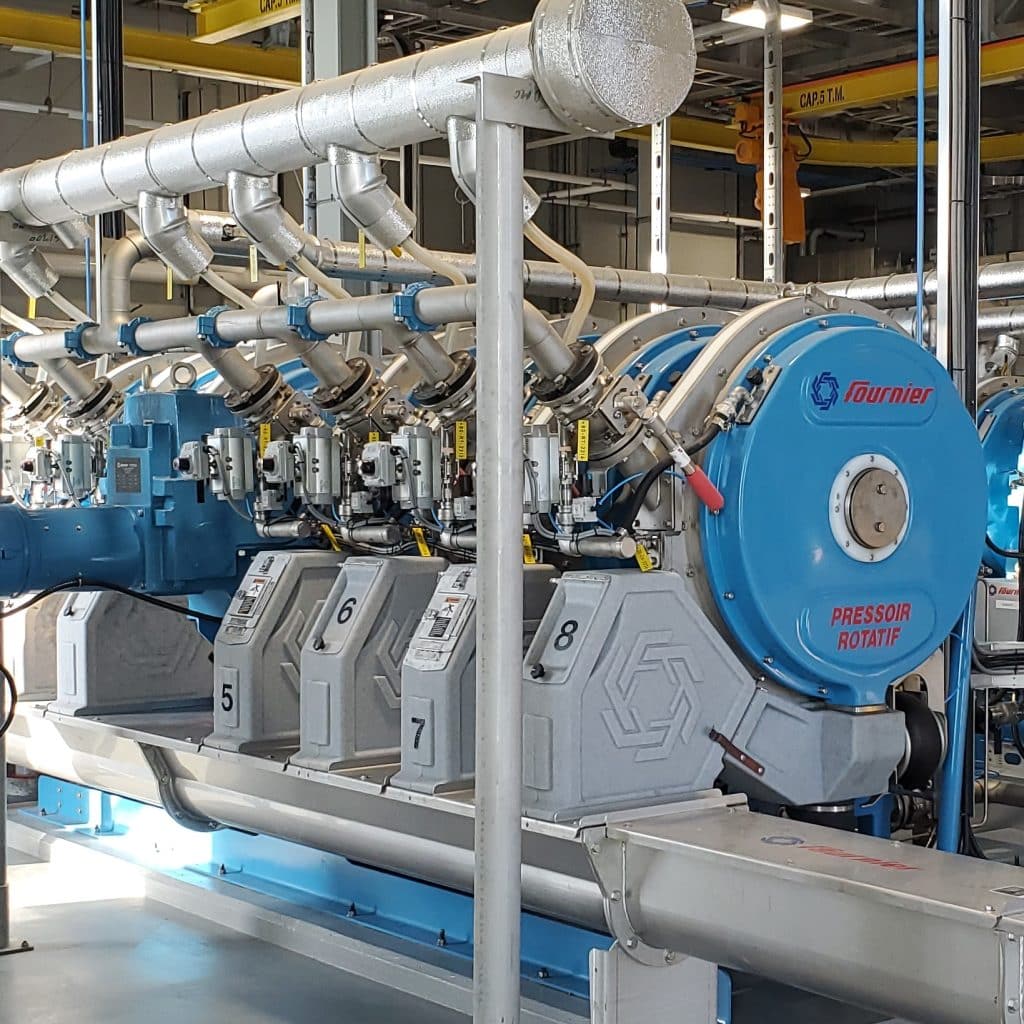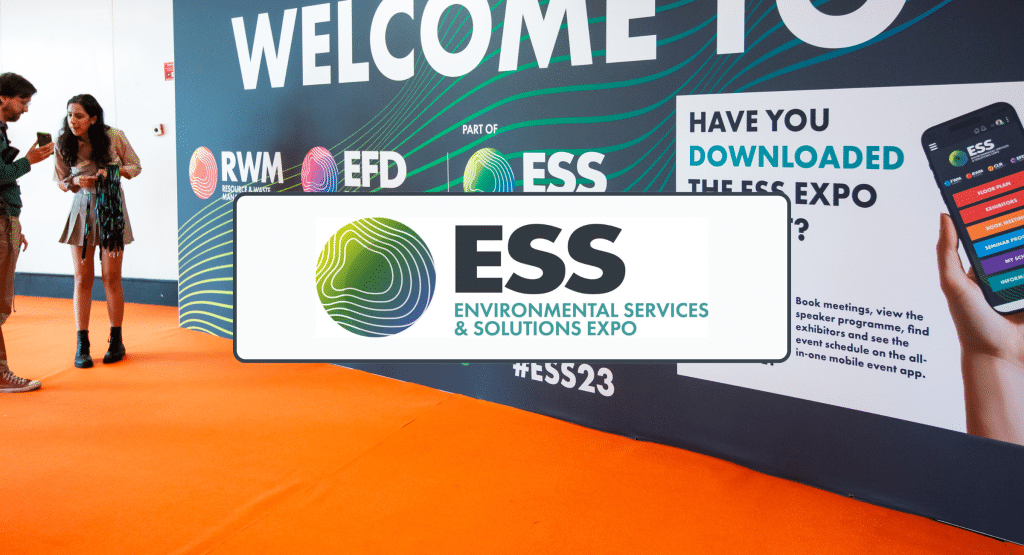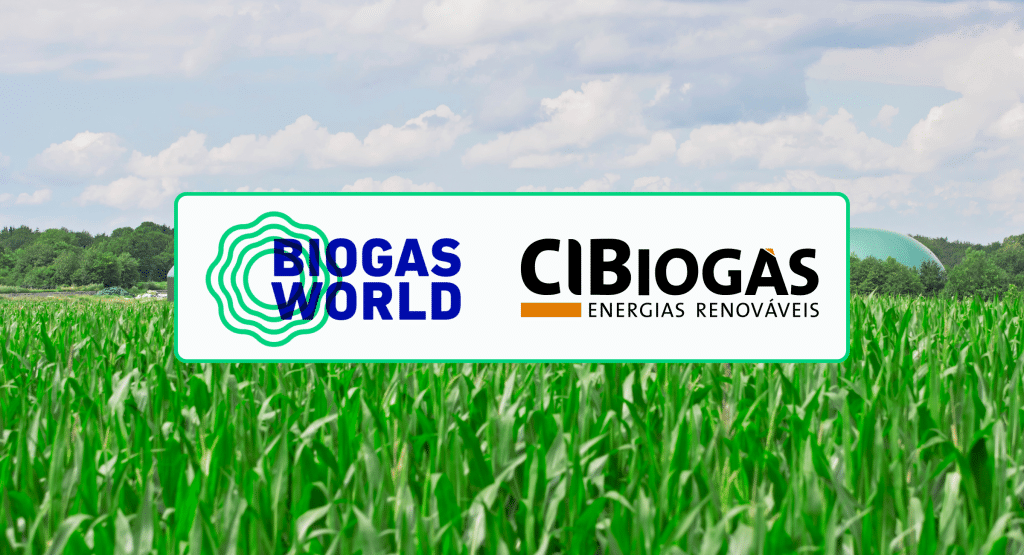Efficient Digestate Management: Addressing Odor Challenges and Cost Optimization

Around the world, municipalities are reimagining wastewater management, aiming to recover and reuse all by-products of the treatment process to create valuable resources in the form of energy and nutrients. Anaerobic digestion processes play a crucial role in this transformation, converting wastewater sludge and organic waste into renewable natural gas (RNG).
Fournier Industries, a Canadian company, has developed the Rotary Press, an innovative technology for separating solids and liquids (dewatering) in renewable natural gas plants and wastewater treatment facilities. This technology is gaining traction in leading RNG-producing countries like the United States, Canada, Norway, and Sweden, aligning with the trend of resource recovery and co-digestion in wastewater treatment.
However, beyond the challenges inherent in the anaerobic digestion process, the solid-liquid separation stage presents its own set of hurdles for designers and operators. One major concern is the generation of odors from the solid fraction after the dewatering process, especially when using high-solids centrifuges. Additionally, the operation and maintenance costs of dewatering equipment are significant considerations.

Odor Issues
The choice of solid-liquid separation technology can impact odor emissions, primarily due to the presence of hydrogen sulfide and organic sulfur gases in the digestate. Odors generated by dewatered digestate are a significant concern for many RNG plants and land application sites. Studies have shown that volatile organic sulfur compounds (SVOCs) play a major role in odor generation, with dewatering equipment influencing the extent of odor emissions.
In a comparative study between the Fournier Rotary Press and a high-solids centrifuge, emissions of sulfur volatile organic compounds (SVOCs) were significantly lower -actually virtually inexistent – with the rotary press. This suggests that rotary press technology can effectively reduce odors from dewatered digestate. This fact is recognised in the province of Quebec, Canada, where centrifuge-dewatered organic materials are banned from land application.

Operation and Maintenance Costs
Operation and maintenance (O&M) costs of dewatering equipment encompass various elements, including chemical usage, labor, power, water consumption, maintenance, spare parts, filtrate treatment, and sludge disposal. Sludge conditioning, often involving the addition of polymers to increase solids concentration, represents a significant portion of these costs.
Given the expense of polymers, optimizing their dosage is crucial. In a recent public tender, the Fournier Rotary Press demonstrated cost competitiveness over centrifuge alternatives. Over a 20-year period, the life-cycle cost of the Rotary Press was 40 to 48% lower than competing centrifuge options when considering polymer and energy costs.
In conclusion, addressing odor issues and managing operation and maintenance costs are critical aspects of optimizing dewatering processes for digestate in wastewater treatment facilities. The adoption of technologies like the Fournier Rotary Press can contribute to both odor reduction and cost efficiency in resource recovery efforts.
For more information and biogas projects, read BiogasWorld’s US Biogas Magazine.







Comments